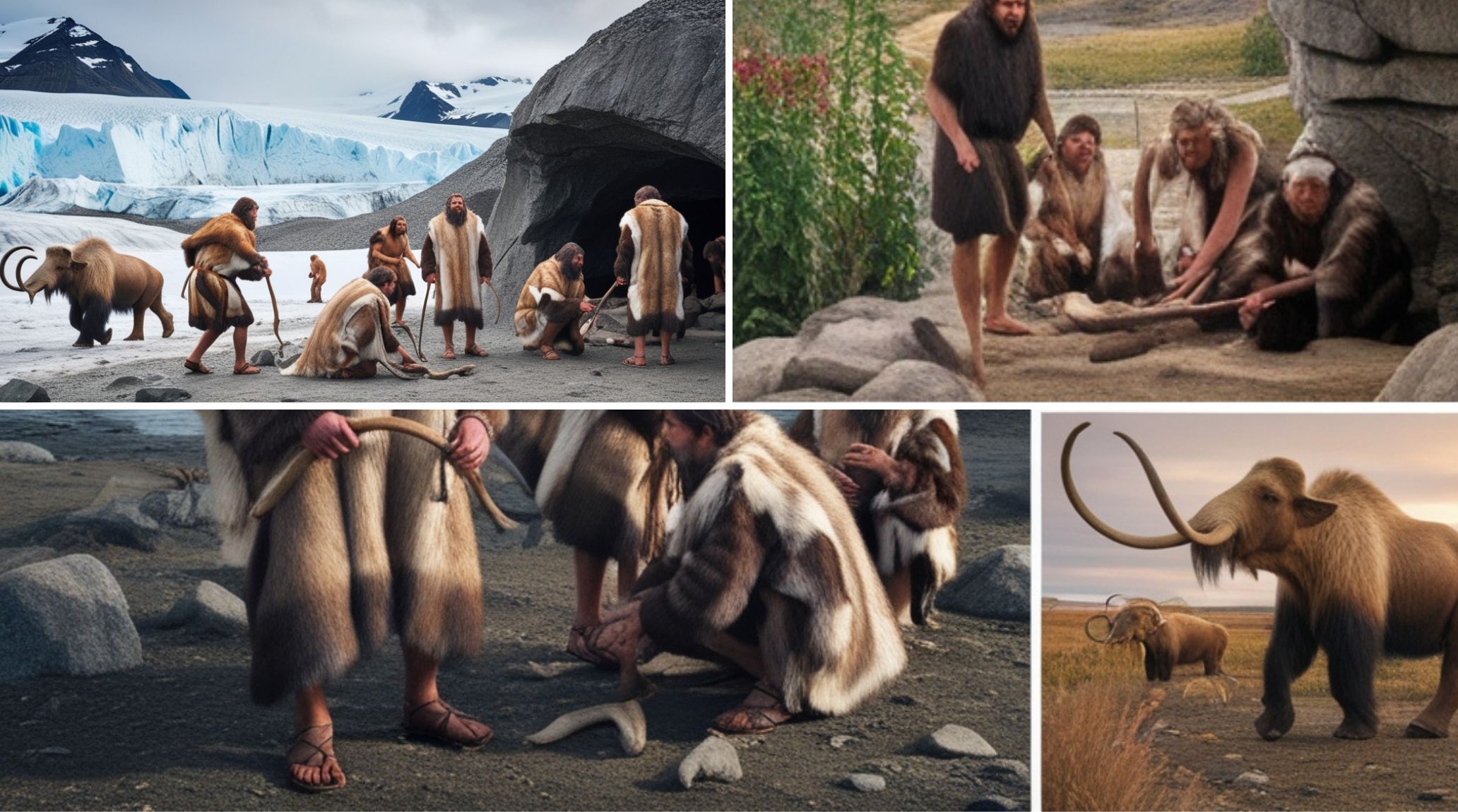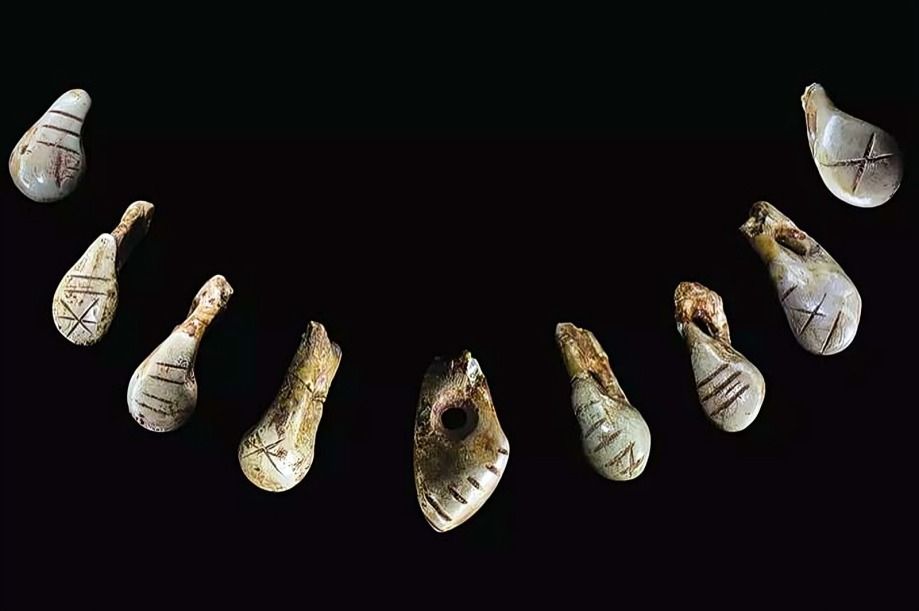
“
The Impact of Climate on Paleolithic Societies was profound, influencing the daily survival, migration patterns, and technological advancements of early humans. During the Paleolithic Era, fluctuating climates shaped environments, forcing societies to adapt to new conditions. From glacial periods to warmer interglacials, these shifts impacted hunting, gathering, and the development of tools. As human groups encountered changing landscapes, they adapted their behaviors and strategies, which laid the foundation for future cultural evolution. This blog explores 20 fascinating facts about the Impact of Climate on Paleolithic Societies and how it shaped human history during the Stone Age.1
1
”
Paleolithic clothing primarily consisted of animal hides, which were skillfully crafted to provide warmth and protection from the elements, showcasing early humans’ ingenuity in adapting to harsh climates. 1
The use of natural materials for clothing included furs, feathers, and plant fibers, allowing Paleolithic people to innovate clothing styles suited to their environment while also displaying their resourcefulness. 2
Needles made from bone and antlers emerged around 30,000 years ago, enabling the creation of fitted garments, thus highlighting the advanced sewing techniques developed by early humans for functional attire. 3
Body adornments such as jewelry were often fashioned from materials like shells, stones, and bones, serving both aesthetic purposes and reflecting social status within Paleolithic societies, as well as cultural significance. 4
Paleolithic people painted their bodies with natural pigments, including ochre, which not only enhanced their physical appearance but may have also played roles in rituals and social cohesion. 5

Some evidence suggests that clothing was used as a form of identity, with distinct styles possibly signifying different tribes or groups, fostering unity and collective identity among early humans.
Research indicates that headgear, like hats made from fur or grass, provided additional warmth, showcasing the adaptive strategies of Paleolithic humans to combat cold climates and changing seasons. 6
As early humans transitioned into different regions, their clothing styles adapted to local resources, demonstrating their resilience and creativity in utilizing available materials to meet survival needs. 7
Footwear during the Paleolithic era was often made from soft animal hides, providing essential protection against rough terrains and allowing early humans to traverse diverse landscapes effectively. 8
The role of women in creating clothing and adornments was significant, with archaeological findings indicating that they often held primary responsibility for crafting garments, showcasing their vital contributions to society. 9
Cave art provides insight into clothing styles, with depictions of humans wearing elaborate garments, suggesting that early humans had a sense of fashion and aesthetic appreciation that transcended mere functionality. 10

Some Paleolithic cultures used clothing as a medium of expression, crafting unique designs and styles that may have communicated personal or group identity and served as a means of social interaction.
Trade networks between different groups likely facilitated the exchange of clothing materials, such as furs and decorative items, highlighting the interconnectedness of early human societies and their resource-sharing. 11
Ritualistic practices often involved clothing, with specific garments worn during ceremonies, indicating a deep cultural significance attached to what people wore beyond mere utility and functionality. 12
Paleolithic communities displayed a remarkable understanding of their environment, using seasonal changes to inform clothing choices, which allowed them to remain adaptable and resourceful as conditions fluctuated. 13
Clothing may have served to protect against insect bites and diseases, demonstrating an early awareness of health and hygiene concerns among Paleolithic people, a precursor to modern health practices. 14
Archaeological discoveries in regions like Siberia have revealed intricately decorated garments, suggesting that artistic expression through clothing was a valued aspect of Paleolithic life beyond mere survival. 15
The ability to create layered clothing emerged as a crucial adaptation for surviving extreme cold, showcasing the innovative spirit of early humans in response to environmental challenges they faced. 16
Lesser-known artifacts, such as bone and antler hair combs, highlight the importance of grooming and personal care among Paleolithic societies, indicating a desire for cleanliness and aesthetics in their daily lives. 17
Certain groups utilized specific color patterns in clothing, which may have signified group affiliations or roles, illustrating how even in prehistoric times, visual symbols played a role in social dynamics. 18


